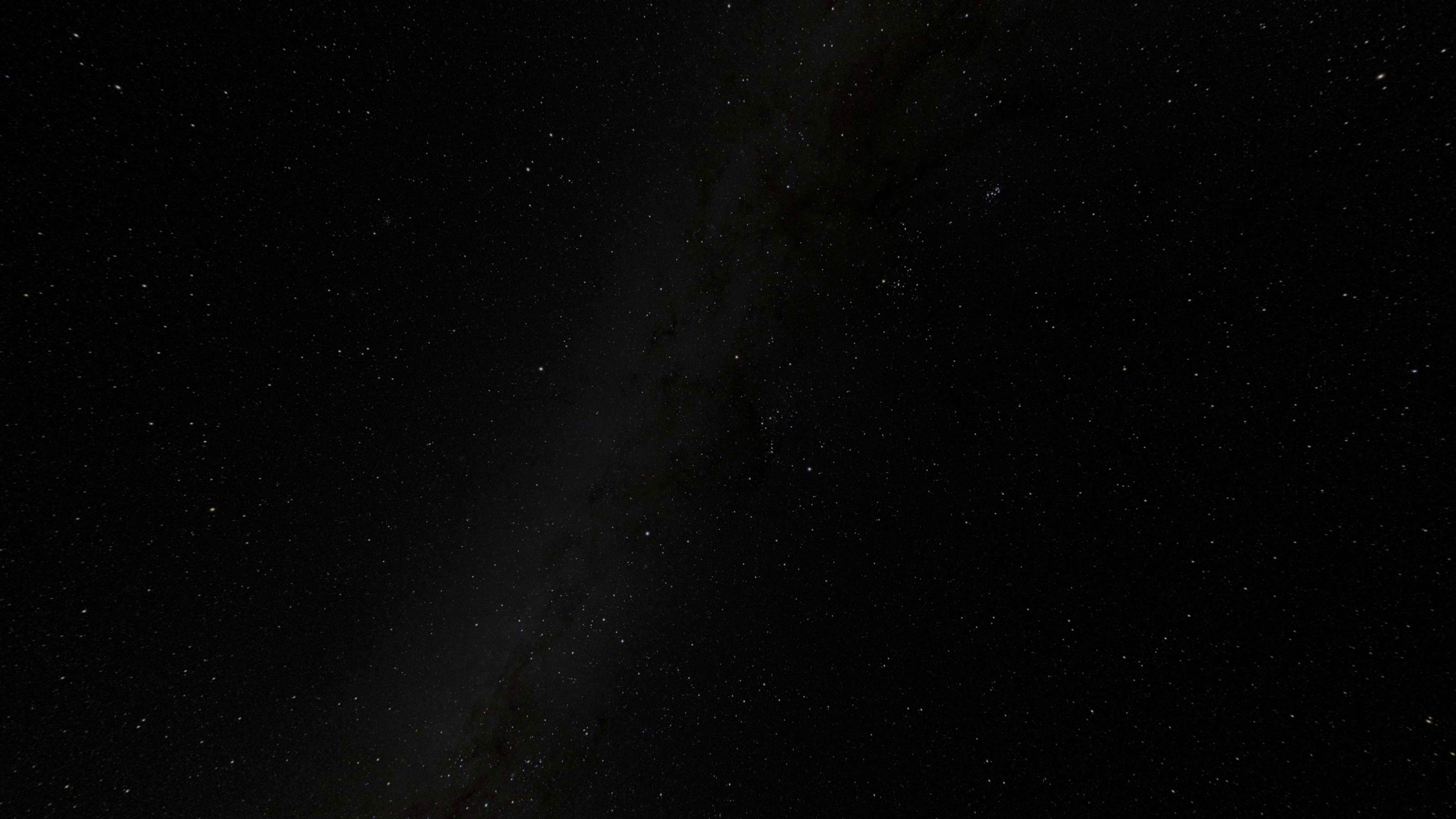
While counting down the hours for the Ariane-6 launch, we break LEOP down from a Space Traffic Management perspective. What do the numbers say, what does the operations room look at – even though far from an exhaustive list-, why is fast, accurate tracking so important?
Launching Success: Insights from 2006 to 2020
We have observed a success rate of over 90% for all launches between 2006 and 2020*. This impressive figure is the result of continuous improvements and testing with the launchers being designed to achieve much higher success rates over time. For example, the Ariane-5 launcher the an approximate success rate was 98%. Such high reliability is typically achieved after extensive operational refinement.
Most launchers experience initial failures during their maiden flights, which are then addressed to ensure subsequent success. Launchers like the Soyuz-2 and Falcon-9 demonstrate even higher success rates. Soyuz-2, with around 170 launches, maintains a success rate of about 96%, while Falcon-9, with more than 360 launches, has achieved a success rate of nearly 99%. The overall statistics include failures that could be attributed to ‘first flight failures’. These have increased during the past years.
What happens when satellites separate from the upper stage?
If we look at rideshares, multiple satellites are released together in clusters, very close to each other. The Transporter-1 mission in 2021 holds the record for releasing the most objects from an upper stage, with a total of 143 objects deployed. The number of satellites released during such missions can vary significantly.
The short history of the Transporter launches shows that some objects are lost due to not having been properly separated from the launch vehicle, and some others remain “UNKNOWN”, indicating that they could not be correlated to an origin. These could be a source of debris called“launch- and mission-related object” (LMRO) or a spacecraft that could not be commissioned for any number of reasons, which includes failure to contact.
The latest launch, Transporter-10, had 51 payloads and resulted in 15 “UNKNOWN” objects as a result, which most likely are payloads that could not be commissioned.

On the other hand, successfully commissioning satellites is a complex and challenging process that involves several critical steps. First of all, being able to track the newly released asset is crucial to establishing a connection as soon as possible. A redundancy solution, in case the public data is insufficient, can save the mission.
One crucial aspect of tracking is the use of Two-Line Element sets (TLEs). TLEs are data formats that provide the orbital elements of a satellite, allowing ground stations to predict its position in space accurately. Without a good first TLE, it becomes nearly impossible to find the satellite and therefore establish a reliable connection with it, leading to potential mission failures.
For the Transporter-10 mission, it took 9 days for SpaceTrack to release the TLEs. This tracking period is essential for ensuring all deployed satellites are accounted for and properly identified. During this time, ground stations work diligently to establish connections and confirm the operational status of each satellite.
One example of a critical procedure is the ability or lack thereof to deploy solar panels in time. However, if any of the steps during this procedure fail, and the solar panels are not deployed, the batteries are used to ensure the satellite remains operational until the issue is resolved. It's all a chain of events: the quicker you know where your satellite is, the faster you can run the necessary health checks, and the faster you can complete a successful commissioning.
Conclusion
In summary, the LEOP success rates, and subsequent operational phases highlight the critical importance of accurate and timely tracking in space missions. The challenges faced during the post-launch phase, particularly during the separation and commissioning of satellites, reveal the complexity of things. The delay in tracking can significantly impact the ability to establish connections for commissioning, potentially leading to initially preventable mission failures.
As we anticipate the launch of Ariane-6, it is clear that efficient space traffic coordination and reliable tracking systems are essential for the continued success and safety of space operations.
References:
*Fernández, L.A., Wiedemann, C. & Braun, V. Analysis of Space Launch Vehicle Failures and Post-Mission Disposal Statistics (2022).


.jpg)
